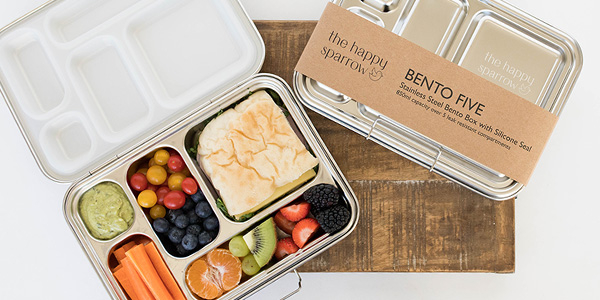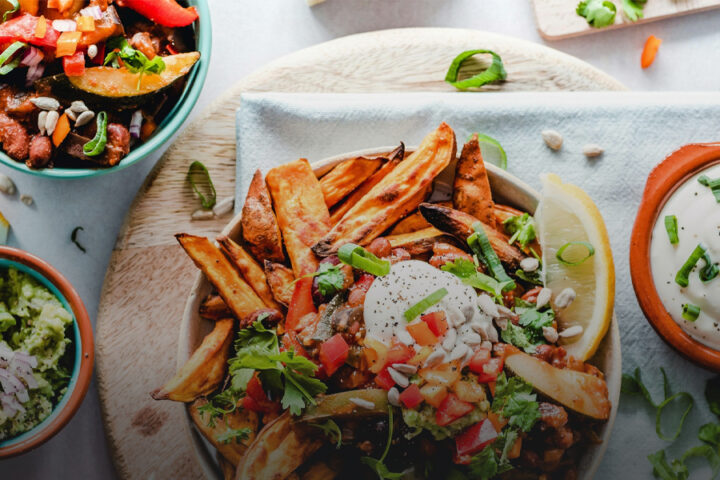Eating lunch every time at a cafe or ordering delivery can be quite a strain on the budget, so many people prepare food for lunch or a snack at home. To bring it without dirtying your bag or backpack, a lunch box is used.
The choice of a lunch box depends not only on personal preferences, but also on practicality. Would you reuse it or not? What about using a microwave for heating up food? The popular material choices for lunch boxes are plastic, paper, glass and stainless steel. Consider the benefits and limitations of each material before buying a box.
Plastic
Plastic is commonly used due to its durability, lightweight, and affordability. It’s suitable for reusable lunch boxes that need to withstand daily use. The benefits of plastic lunch boxes:
- They are microwave-safe in most cases.
- They come with multiple compartments.
- They are easy to clean.
Search for BPA-free plastics – it’s a special kind of plastic which is used to avoid chemicals that could leach into food.
Paper
Paper lunch boxes are typically used for catering, takeout, or single-use occasions like picnics, corporate events, and outdoor gatherings, especially when compostable or recyclable options are preferred. They are customisable if ordered from the manufacturer https://univest-pack.com/product-category/boxes/. Main points of benefits for these boxes are:
- They are biodegradable and environmentally friendly, often made from recycled materials.
- They are lightweight and easy to dispose of.
Remember that paper boxes don’t work well with liquids, unless coated, and aren’t reusable.
Glass
Glass lunch boxes are popular for at-home or office use, where they are less likely to break from transit. The advantages of using a glass lunch box are:
- The boxes don’t absorb food smells or stains.
- Glass is a non-toxic material.
- The boxes are microwave-safe.
- They are easy to clean.
Glass containers are heavier and more fragile than other materials, which may be less practical for carrying around daily, especially for kids.
Stainless steel
Stainless steel lunch boxes are ideal for those seeking a sustainable, long-lasting option. They’re popular among adults and for eco-friendly meal prep. The advantages of such material are:
- Stainless steel is free from harmful chemicals
- These boxes are durable,
- They don’t stain or retain odors
- They are typically dishwasher-safe.
Remember that stainless steel containers aren’t microwave-safe, and they tend to be more expensive than other options.
Each type of material has a different impact on the environment. Paper boxes decompose faster, plastic is better to use as long as possible. Also, think about the financial investment and the convenience of using a particular lunch box.






